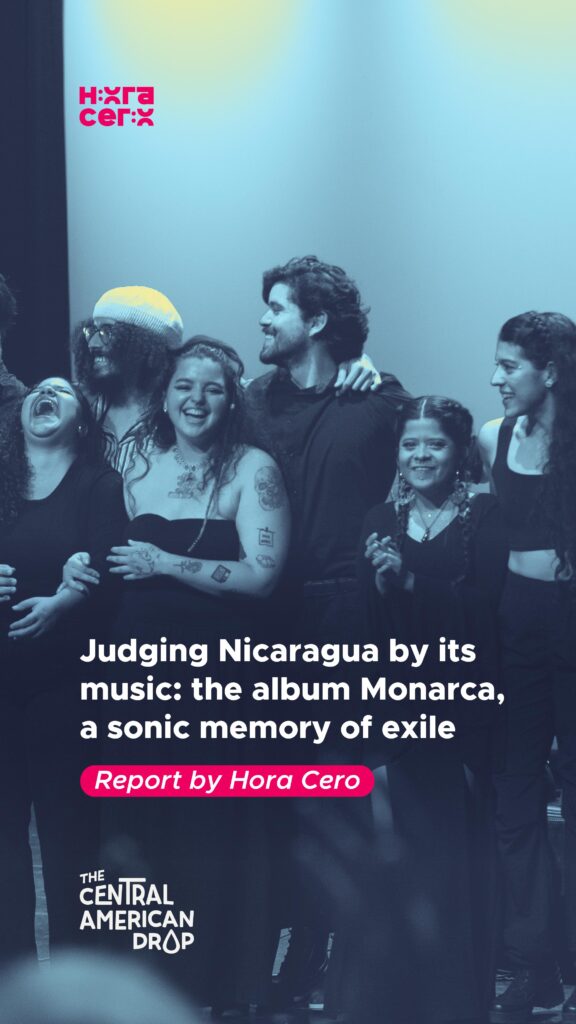
Today, Nicaragua is a country with confiscated or closed universities and archives. Cities, neighborhoods, and communities have been infiltrated by the propaganda machine of the regime of co-presidents Daniel Ortega and Rosario Murillo, and students are indoctrinated in courses about a supposed national reality, where they are subjected to revisions of recent history, especially regarding the events that have occurred since April 2018. More than seven years after the outbreak of the political, economic, and humanitarian crisis, Murillo organizes mass events to impose her narrative of the “heroic restoration of peace,” alluding to the police and paramilitary repression unleashed by the regime on the Nicaraguan population, the results of which are well known. This is yet another effort by the government to impose a supposed (hyper)normality, adorned with the bombastic rhetoric of love, socialism, and Christianity that we are already more than sick of.
But this doesn’t surprise or shock us; rather, it’s further proof of the long chain of erasures and resets that have been constant in political transitions between opposition factions in Nicaragua, mediated or influenced by violence, which I won’t go into detail about. It’s enough to mention, for this presentation, that our last transition in 1990, influenced by civil war or aggression, was a transition to peace and democracy that triggered a battlefield of memories in the public sphere and public policies such as education. Both peace and democracy at the beginning of the 1990s proved to be as fragile as they were ephemeral, with the authoritarian rise of Ortega and Murillo, at the head of the Sandinista Front.
This is far removed from the actions taken by countries like Argentina, Chile, Guatemala, and El Salvador in the post-war and post-dictatorship eras, as they established commissions of clarification and truth reports, and carried out transitional justice processes at various levels. In Nicaragua, such processes are still lacking. However, in the absence of transitional justice processes, reparations, or truth commissions, poetic justice has flourished in Nicaragua in the form of autobiographies by combatants, victims, family members, and key figures in the political reality of recent decades, as well as by sons and daughters who have made documentaries and films about the recent past, or novels and poems that recall all these “brief stories of failures” in Nicaragua, to paraphrase the writer Fatima Villalta. Music, of course, is not far behind.
In a recent podcast series developed by the media outlet Divergente begins with the accurate premise that it is possible to tell the story of Nicaragua through its songs. Political reality and its transitions mediated by violence, as well as the denunciation of inequality, injustice, and repression by authoritarian governments against the population, are recurring themes in their music. Like “Mamaramona“ composed during the war against William Walker, the corridos about Sandino and his army in the 1930s, the protest song movement of the 1960s by Jorge Isaac Carvallo and Otto de la Rocha. Not forgetting that historical moments, such as the 1931 earthquake, were captured in works like “Romance Oriental” for Mariíta Hueso by Luis Abraham Delgadillo, as well as documented Bernard Gordillo, just as the 1972 earthquake in Managua resonates in “You had movement“of Soul Power or ”Carne“ by Mike Cortina. We might even think of ”Obras y no Palabras» by CPU a sentence in the nineties is the only remaining record of Arnoldo Alemán’s corruption during those years, after he benefited from pardons and amnesties resulting from his pact with Ortega.»
Above all, it was the well-known songs of Carlos and Luis Enrique Mejía Godoy that resonated so strongly in April 2018, as well as in the years that followed, marked by exile and displacement. Journalist Miguel Gutiérrez of Divergentes recently interviewed Enrique Mejía in Costa Rica. Miguel recalls that he began working with Luis Enrique when he was 13 years old, at a concert in the Rubén Darío Theater celebrating Mejía Godoy’s 45-year career. In the interview, many years later, in exile, they smile upon meeting again, because it is music that has remained between them, despite the worst of times. Luis Enrique confesses in the interview, and I quote, «Sometimes my memory leads me to think how I would like Nicaragua to always be judged by its music.» And curiously, in workshops that explored memory organized last year by the Coordinating University Committee for Democracy and Justice, an exiled student shared a testimony in which she highlighted that in her home, belonging to former combatants of the Resistance/Counter-Revolution, the music of the Mejía Godoy family was not listened to and was dismissed. However, in Costa Rica, she appreciated all the connections that this music stirred in her memory regarding Nicaragua, its people, its places, and its history.
It is this capacity of music to create judgments that unite communities at specific moments that draws my attention, and how music in exile can weave bonds among the population to forge communities of memory and resistance. I see this as a form of affection or love, in the terms of Hannah Arendt or Alain Badiou, regarding the attachment capable of forging a multitude articulated by the bonds of joy and pain, in which we recognize ourselves to dispel resentments or political otherness. In the case of Nicaragua, I want to argue here, this is evident in the shift from “Songs to rebel, to music to live by”.

As Nicasio Urbina details, the April uprising produced a wealth of new revolutionary music that engaged in dialogue, negotiation, and innovation with the country’s long musical traditions, as I outlined earlier. Faced with repression, especially directed at Nicaraguan musicians, following Monroy’s arrest and expulsion in April 2022—the same month that the musicians of Cuneta Son Machin were banned from entering the country—Nicaraguan musicians have found that their songs are now their primary tool for survival and, consequently, for resistance.
Many artists organized and brought together their diverse artistic expressions in the Latin American Artists and Producers Collective, COPAL. The trajectory with memory, as Ludwing Gómez sings when he was expelled “without trial or conviction/ from Nicaragua,” is the story recounted in many of the compositions, as well as by thousands of Nicaraguans about this exile imposed through judicial farces. When a country is a prison for those inside and inaccessible to those outside, migration becomes a survival strategy, a gamble on life, because “fleeing is not for cowards,” as Jícara and Yemm explain in their work of the same title. Fleeing, then, is the alternative to continue producing art, or, in Ludwing’s words, when it’s necessary to remind the regime that: “This song will play/ whether you like it or not.”
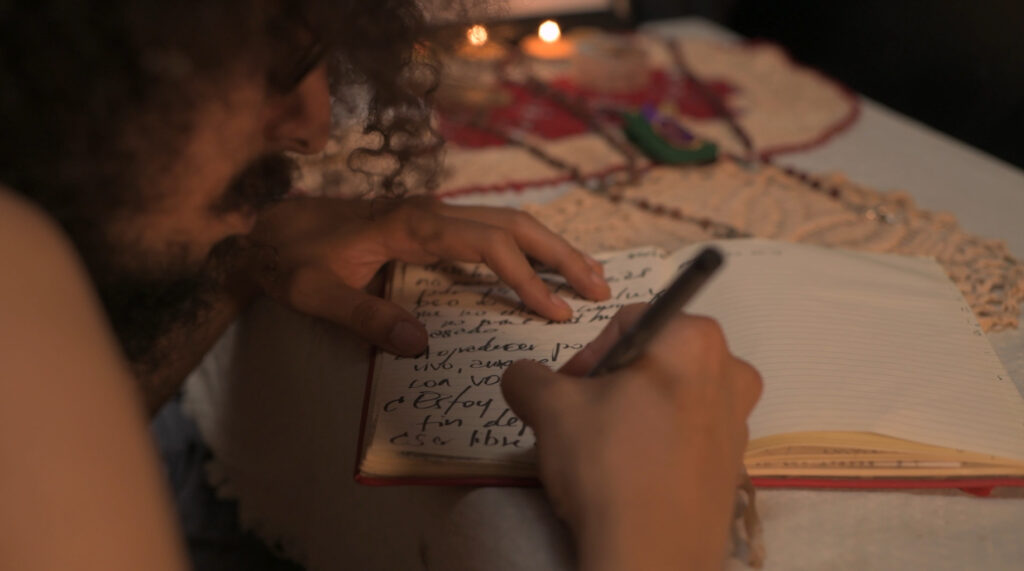
The artists of COPAL have held several events, but I want to focus on the album Monarca: Memoria sonora del exilio (Monarch: Sound Memory of Exile), which contains the songs and poems of its members, presented live on June 20th of last year. There we hear Gabriel Beteta, who also recounts his experience of emigrating to Costa Rica in his song “La Martina.” or Pauta’s song, “Amia Tikpara,” which recalls both the places of her Muskitia and her demand for autonomy and respect for the Miskito people in Nicaragua. Literally, the song’s title invites us not to forget.
It is precisely this trance experienced when identity is deterritorialized due to exile that makes memory play a central role in the past-present negotiation, helping us remember who we are on the journey to foreign lands. At the same time, memory forms the cultural anchor through which we filter and give meaning to this experience. In the case of COPAL’s songs, the absence of justice and the duty to remember in order to continue demanding it are central themes.
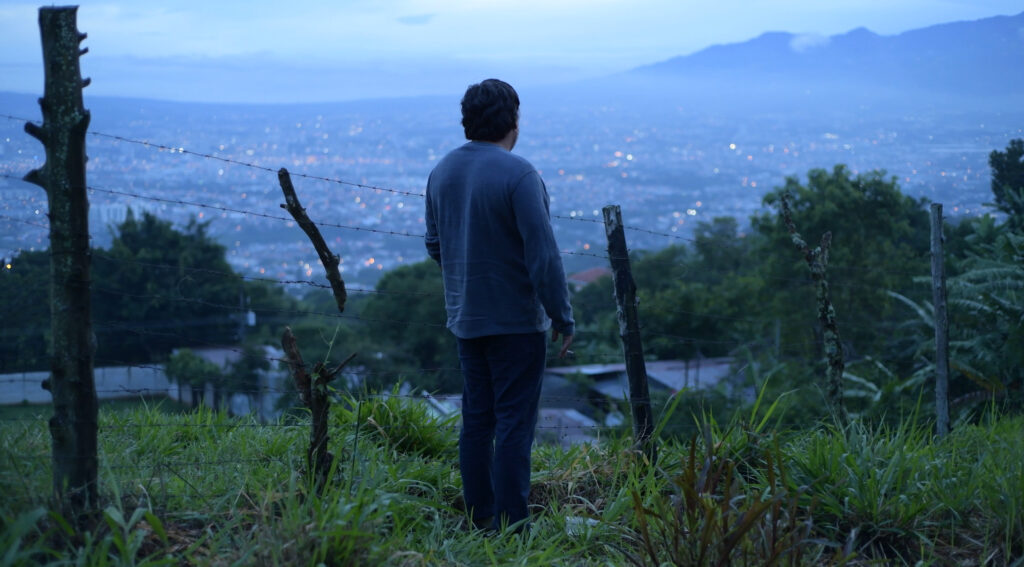
Two artists who exemplify this characteristic of memory and yearning for justice in their songs are Andrés Somarriba and Kenya Nairobi. In his song “Wherever I Go,” Andrés recounts how, no matter where he goes, he will carry all his dead with him. The memory of his lost country becomes a ghost that produces anxiety, invading him in moments of solitude, in those moments when he feels, and I quote: “Without family, without a future, without a homeland.” Andrés is perhaps one of the quintessential singer-songwriters of struggle, memory, and identity interwoven with exile and the grief of banishment. I think we all remember the contagious hope of his song “Arrullo de libertad” (Lullaby of Freedom), which he composed amidst the barricades that multiplied during the crisis between April and July 2018. The barricade, a symbolic architecture of resistance, as rebellious and ephemeral as democracy in Nicaragua, connects Andrés to the struggles of the Insurrection, the protests or uprisings against the 6% pension adjustment or the cost of transportation, and ultimately connects him to April 2018. In that year, the barricade built by the hands of workers or humble mothers and guerrilla fighters, Andrés tells us, allowed him to find the elements to, and I quote him: “smile in the face of this pain.” Andrés has drawn a complete and still-evolving arc of what it has meant to continue singing and living after the events of 2018. I listen to his later songs, like “Nostalgia,” “ResilieSicknación,” and “Caminito de Tierra,” as his testament to total dispossession, where it’s possible to lose oneself in the worst demons, and yet, the little dirt path remains, sometimes as nostalgia, sometimes as rage, a denunciation of what has been lost, paranoia, or simply the sound of Nicaraguan rock that everyone recognizes as a reminder of where one longs to return.
Another artist who has traced this narrative line of memory that runs from rebellion to life in exile is Kenya, who sings and remembers the events of April, repeating the slogans of the struggle in an untitled song that exclaims: “Not one less,” “They were students, not criminals,” or “It hurts to breathe.” Kenya subjects these slogans to the «call and response» structure typical of historical resistance music like bullerengue or calypso, for example, and reminds us that for these slogans they were «prescribed bullets, bullets, bullets, rubber and real, they were prescribed beatings, prison, fear, death, or exile.» Kenya uses this same call and response in her song for the album Monarca titled «Makumba de la muerte» (Makumba of Death).
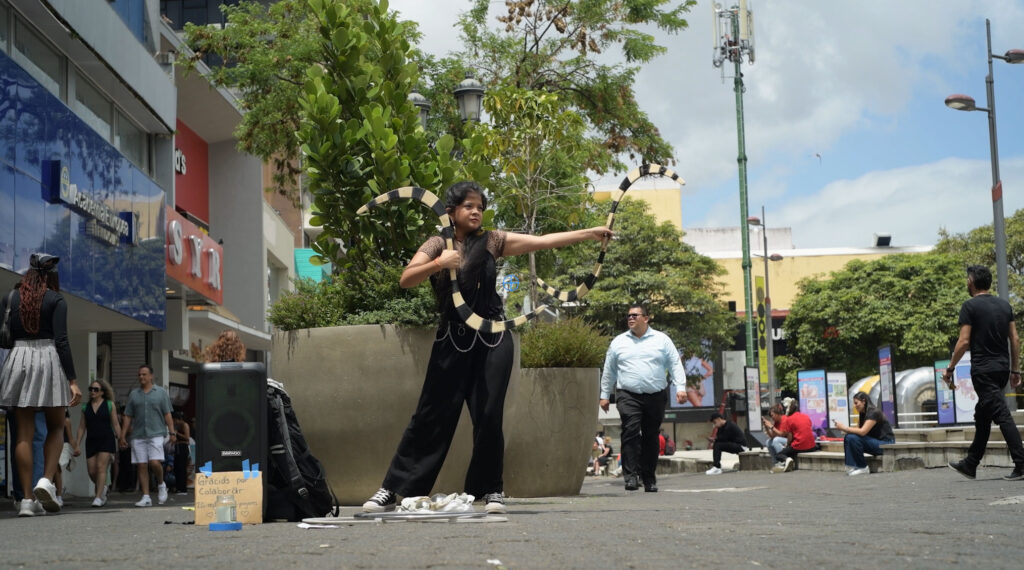
Kenya and Andrés’s songs «Makumba» and «A donde vaya» took center stage on June 20, 2024, at COPAL’s concert of the sonic memory of exile, based on the album Monarca. In a packed theater, for all of us who remember that music scene that flourished in Managua before 2018, the event was a reclaiming and reappropriation of a space we had lost or that the dictatorship had seized from us. This musical scene, now based in San José, denounces injustice by recounting its experiences of exile. In my opinion, this act of remembering what has been lost, which binds us together as a collective memory through music that provides us with sounds and words to think, feel, and live exile, is the essential space of justice to which we still have access. Poetic justice in all its intensity. For those who still ask, «Why have we lost the capacity to think about resistance?» COPAL responds that the resistance is fully evident in a fleeting moment when Kenya sings at the top of her lungs, “Let them arrest him, for being a thief, let them capture him, for being a loudmouth, let them hunt him down, for being violent, let them pursue him, for being a bastard!” and the entire audience responds, “Let them arrest him, prosecute him, imprison him, and let him die, let him die, let him die and rot for being a thug!”
In this moment, so fragile and yet as strong as a barricade, I find the launch of a counter-memory from exile into the hypernormalized public space of Nicaragua, to paraphrase Elizabeth Jelin, as a call for answers regarding the justice still pending. In essence, I believe that the songs of Andrés, Kenya, and the COPAL collective in general are the still-relevant expression of what Gramsci expected of the revolutionary subject: that the work for change combines an “intellectual cynicism with a utopia of the will.” This is about knowing what was taken from us and singing to remember what we rightfully want to return to. That’s why, at the end of the concert, Andrés simply shouted: Gerald Vásquez. To which we all responded in unison: Present!
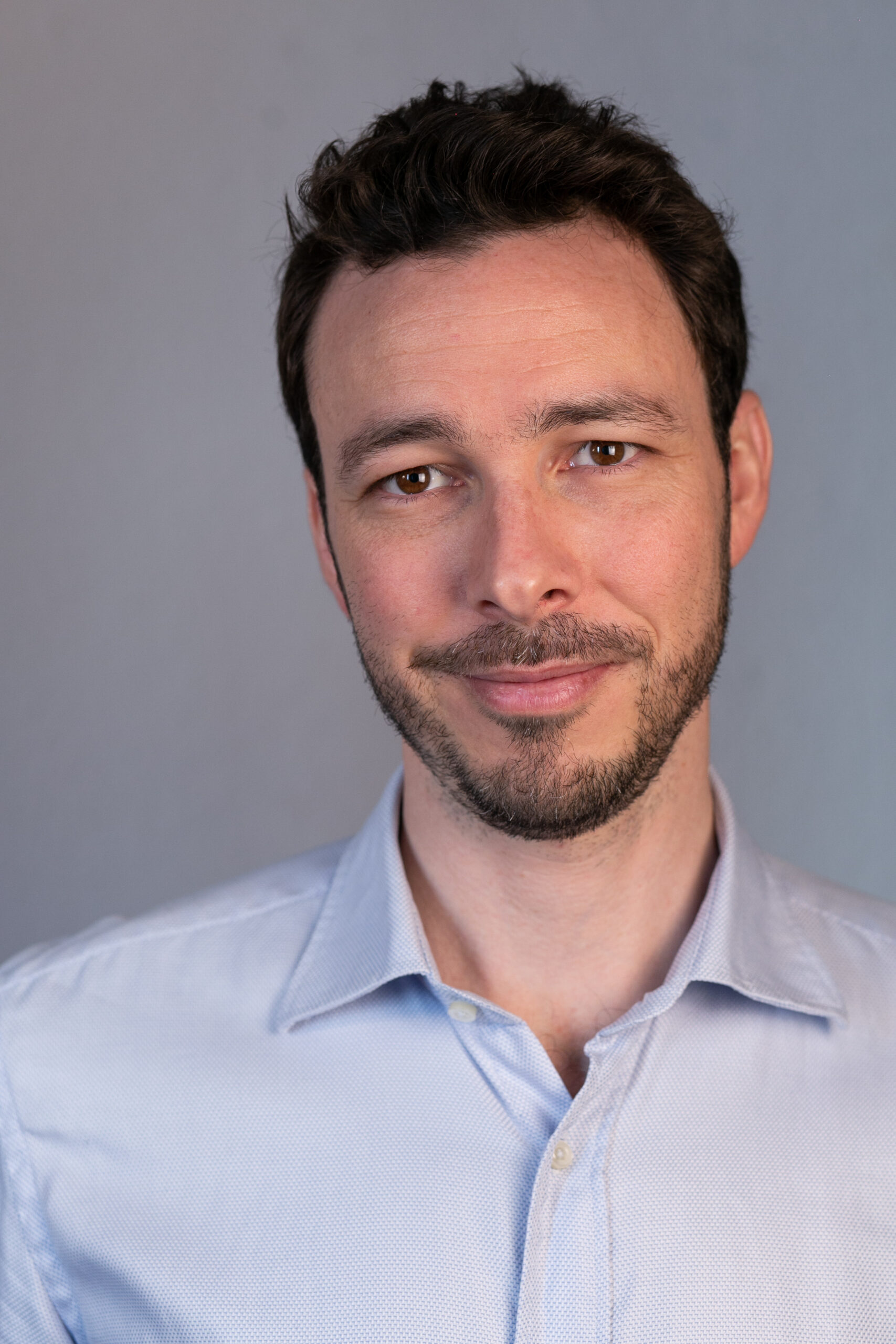
| Cookie | Duración | Descripción |
|---|---|---|
| cookielawinfo-checkbox-analytics | 11 months | This cookie is set by GDPR Cookie Consent plugin. The cookie is used to store the user consent for the cookies in the category "Analytics". |
| cookielawinfo-checkbox-functional | 11 months | The cookie is set by GDPR cookie consent to record the user consent for the cookies in the category "Functional". |
| cookielawinfo-checkbox-necessary | 11 months | This cookie is set by GDPR Cookie Consent plugin. The cookies is used to store the user consent for the cookies in the category "Necessary". |
| cookielawinfo-checkbox-others | 11 months | This cookie is set by GDPR Cookie Consent plugin. The cookie is used to store the user consent for the cookies in the category "Other. |
| cookielawinfo-checkbox-performance | 11 months | This cookie is set by GDPR Cookie Consent plugin. The cookie is used to store the user consent for the cookies in the category "Performance". |
| viewed_cookie_policy | 11 months | The cookie is set by the GDPR Cookie Consent plugin and is used to store whether or not user has consented to the use of cookies. It does not store any personal data. |